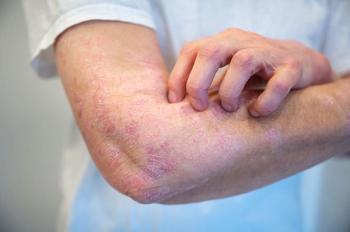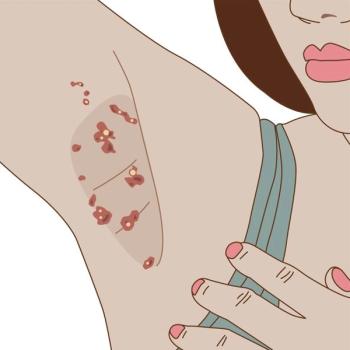
Heterochromia Iridis
Heterochromia iridis may be inherited or acquired. Acquired heterochromia may be caused by chronic uveitis, or (rarely) an underlying neuroblastoma. Here: a case in point.
A 20-year-old woman is noted to have one blue and one brown iris.
Key point: By definition, this individual demonstrates complete heterochromia iridis. There are varying degrees of this phenomenon, including sectoral and central heterochromia. This finding may be inherited or acquired.
Treatment: Acquired heterochromia may be caused by chronic uveitis, or (rarely) an underlying neuroblastoma. The latter etiologies should be sought and treated accordingly.
Note: Inherited heterochromia may be associated with Waardenburg syndrome (in conjunction with sensorineural deafness) or with piebaldism (in conjunction with a central forelock of white hair).
Newsletter
Enhance your clinical practice with the Patient Care newsletter, offering the latest evidence-based guidelines, diagnostic insights, and treatment strategies for primary care physicians.
















































































































































































































































































